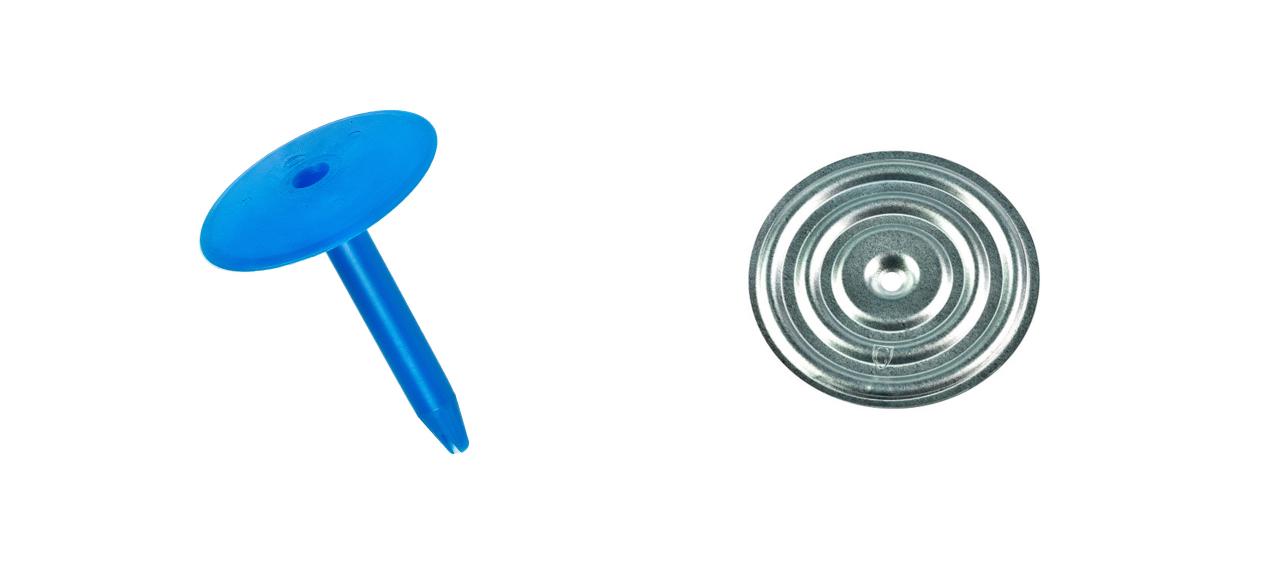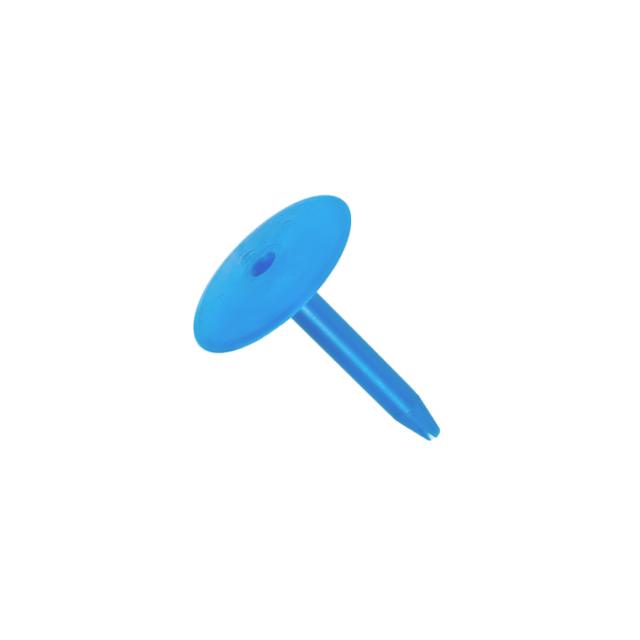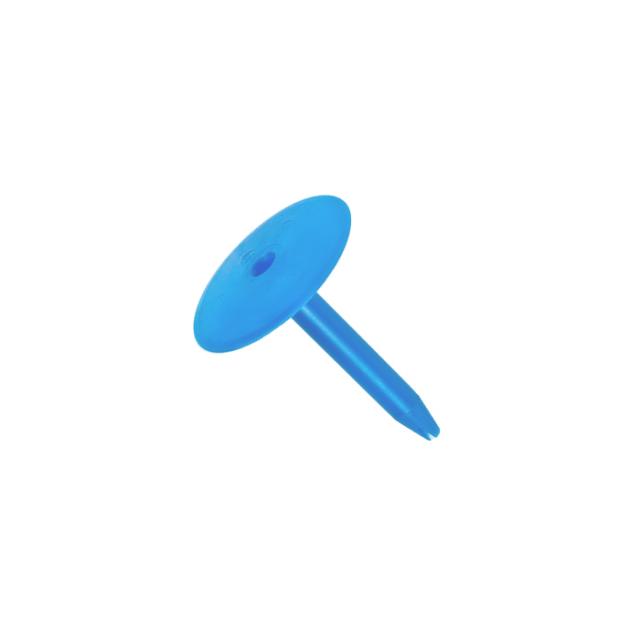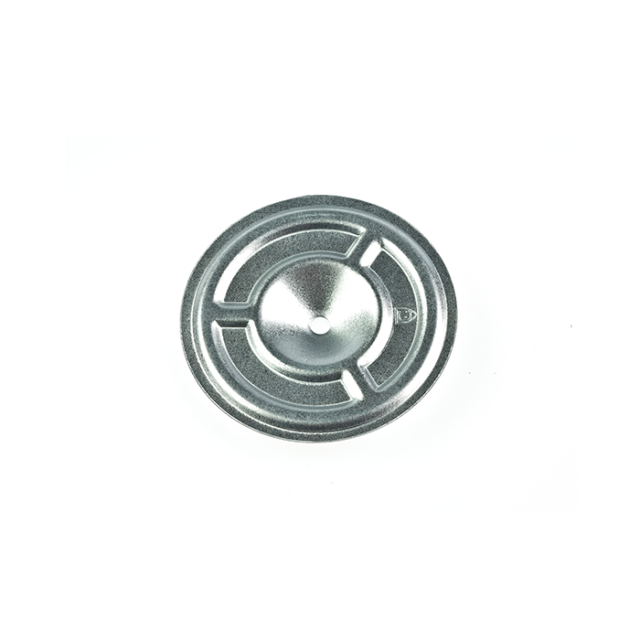Mechanical fastening of insulation in combination with adhered single-ply roof membrane systems


With mechanical fastening of insulation in combination with adhered single-ply roof membrane systems, the roof membrane is fully or partially glued to the substrate, depending on the wind load and the roof system. Does a mechanical fastening of insulation in combination with adhered single-ply roof membrane system suit your project? Guardian is happy to help you.
Adhered single-ply synthetic roof membrane systems are popular in various European countries, but is most popular in the United Kingdom. The systems are usually glued onto mechanically fastened insulation boards or underlayers.
The common roof membrane is as width as possible with this kind of system.
Adhered single-ply synthetic roof membrane systems on insulation boards or underlayers
The insulation boards or underlayers are installed to the roof structure by means of pressure plates or tubes.
The required fastening pattern (number of fasteners per m2 for the insulation boards) is determined by the wind load of the roof according to the European wind load standard EN 1994-1-4 and by the regulations of the insulation manufacturers.
Do you need help with the calculation of the wind load? Our Customer Experience department can help you with that!

Fasteners for insulation boards or underlayers
Guardian offers two products for secure fastening of adhered single-ply roof systems:
Insulation boards glued to the roof structure
Insulation boards can be glued to the roof structure in various patterns depending on the wind load of the roof. The rest of the components are then glued to the insulation.
For all building types and roof constructions, the mechanical fastening of insulation boards with Guardian tubes and pressure plates have clear advantages over glued insulation boards.
Advantages of mechanical fastening of insulation boards:
- Saves application time, especially when the insulation is made up of multiple layers
- Significant savings in application and material costs
- Application at low temperatures possible
- The substrate does not have to be completely dry
- It is possible to perform highly accurate wind load calculations
- Limited thermal bridges with plastic Guardian tubes
- Can be dismantled / recycled (circularly)
Note: not all insulation boards are suitable for gluing!
Read more about mechanically attached single ply roof systems
Discover the best fastening solution for your project
Guardian's experts are ready to assist you with your project. This way you will be sure that you are making the right choice in your fastening solution.
Isolatieplaten gelijmd op dakcontructie
Op de dakvloer verlijmde isolatieplaten kunnen in diverse patronen met lijm worden bevestigd, afhankelijk van de windbelasting van het dak. De rest van de componenten worden vervolgens aan de isolatie verlijmd.
Voor alle gebouwtypen en dakconstructies is de mechanische bevestiging van isolatieplaten met Guardian tules en drukverdeelplaten duidelijk in het voordeel ten opzichte van verlijmde platen.
Voordelen mechanische bevestiging van isolatieplaten
- Besparing in verwerkingstijd, vooral wanneer de isolatie meerlaags wordt aangebracht
- Belangrijke besparing in verwerkings- en materiaalkosten
- Verwerking mogelijk bij lage temperaturen
- Volledig droge ondergrond is niet noodzakelijk
- Mogelijkheid om zeer accurate windlastberekeningen uit te voeren
- Beperkte koudebruggen door kunststof Guardian tules
- Demontabel/hergebruik circulair
Let op: niet alle isolatie is geschikt om te verlijmen!
Lees hier meer over mechanisch bevestigde éénlaagse kunststof daksystemen.
Ontdek de beste bevestigingsoplossing voor uw project
De experts van Guardian zitten voor u klaar om mee te kijken met uw project. Zo weet u zeker dat u de juiste keuze in uw bevestigingsoplossing maakt!



